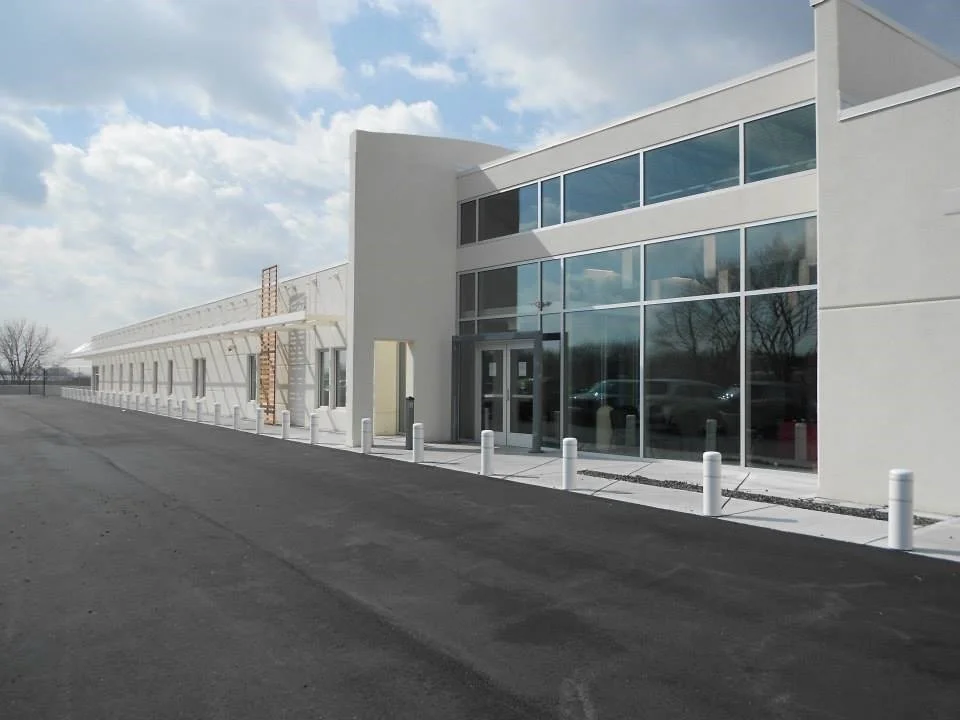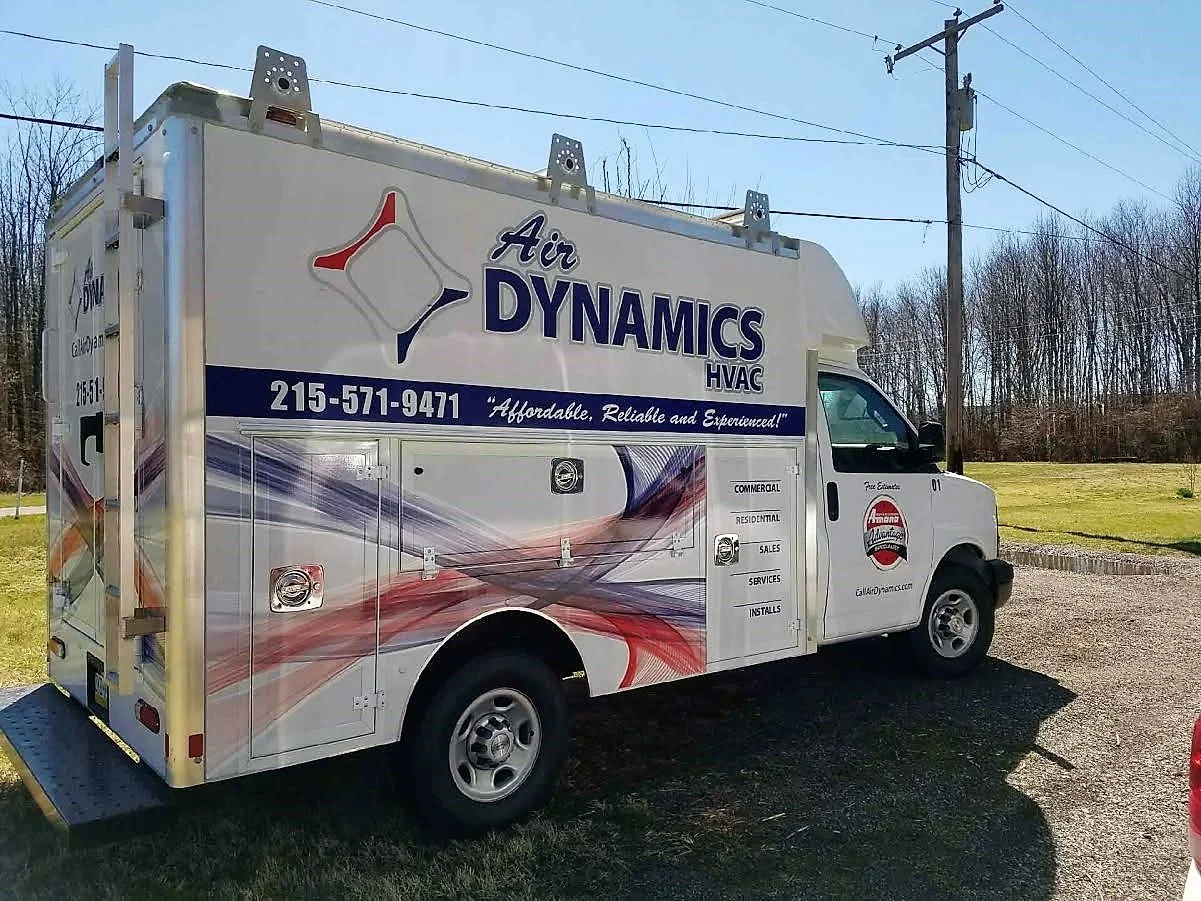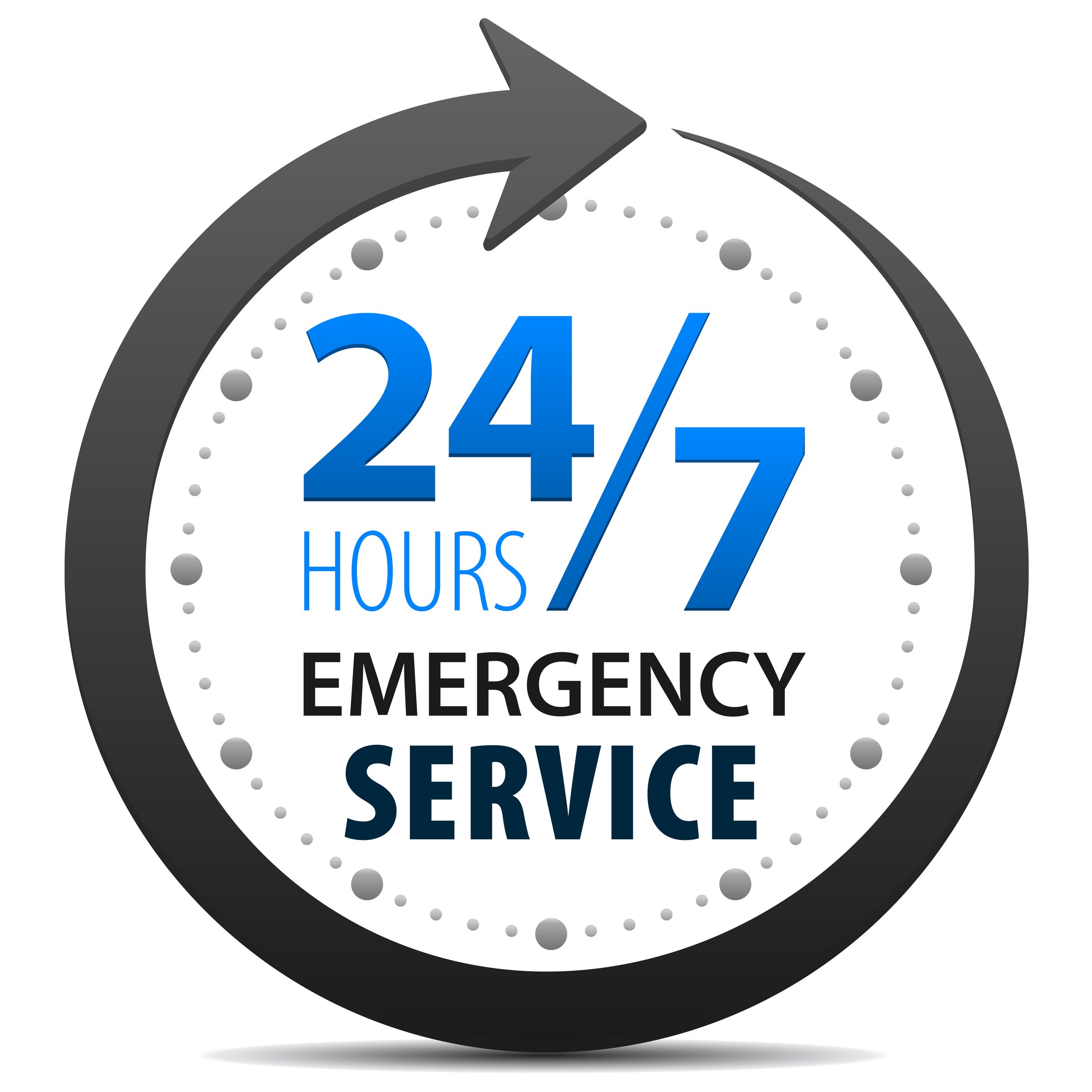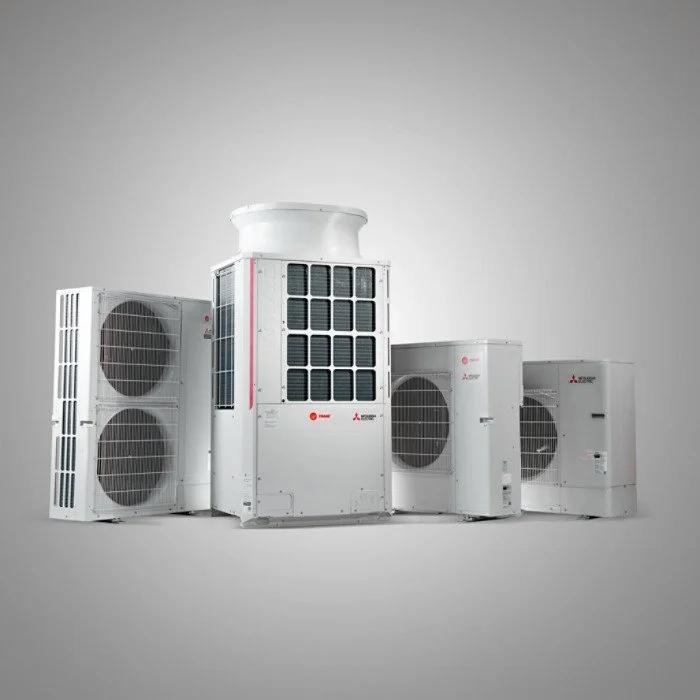
Boilers & Chillers

Boiler & Chiller Systems
and their use in Commercial Buildings
While it’s true that some traditional HVAC systems are more efficient than others; a chiller or boiler system can be a great alternative to a typical forced-air system. This is because chiller & boiler systems are hydronic; meaning they use water rather than forced air to heat and cool the designated area(s).
Combined with the proper automation controls, a chiller or boiler system can offer a great opportunity to capitalize on energy efficiency; while providing the best possible return on your investment.

Get Immediate Assistance
Anytime Day or Night We’re Here to Help!
Give us a call today to get in touch with a professional team member from Air Dynamics HVAC for immediate assistance. Our friendly staff is available to assist 24/7 with any of your HVAC-related needs.
Boilers and Chillers
What’s the Difference?
Commercial Boilers
Commercial boilers are pressurized systems that work by burning combustible fuel or by using electricity to heat water. The hot water produced is then carried and used to provide heat within a building.
Today, natural gas is the most common fuel type used in commercial boilers. This, however, is not your only option when it comes to modern boilers, there are many other models that use fuel oil or electric resistance coils in order to produce heat.
Commercial Chillers
Commercial chillers are not only environmentally friendly but with the proper set up and maintenance will often use far less energy when operating under full load settings compared to other HVAC systems.
Providing your building with reliable air conditioning you can count on time and time again. In fact, Newer models have improved on the existing environmental efficiency and energy savings these systems are able to provide by a great deal with improvements made in VFD’s.

Keeping Your Building Comfortable On Every Level!
It’s a well-known fact that HVAC systems consume more energy than anything else in most commercial buildings. It’s no wonder why we are constantly searching for the next best innovation; to help keep these energy suckers to a minimum, while still providing optimal comfort levels & consistent reliability.
An insufficient or older unit can easily have an enormous impact on your facilities’ monthly energy bills.
Typical HVAC systems use forced air to heat and cool. Whereas a chiller boiler system is hydronic, meaning that it uses water — which given a properly suited building can be far more efficient when it comes to providing even temperatures throughout. This is partly due to the fact that these systems are attached to the buildings’ pre-existing water supply.
For the majority of larger commercial facilities; choosing to install a new chiller or boiler system might not be the most cost-efficient solution. However, they can work exceptionally well for smaller ones.
Instead, we recommend looking into a VRF System to maintain optimal efficiency rather than the chiller boiler systems discussed here if you have a larger commercial structure.
A professional from our team can help you determine the most cost-efficient solution for your buildings’ heating & cooling needs. For more information or immediate HVAC assistance, we can be reached 24/7 at (215)571-9471.
Are Chiller or Boiler Systems the Best Choice?
Modern chiller & boiler systems like the ones offered by Air Dynamics, produce the same even temperature results throughout a building; using water-filled copper and aluminum pipes. While these systems are excellent for saving money on overall energy costs for most commercial structures; they are not necessarily the right solution for every commercial building. An expert from Air Dynamics can help you determine if adding a chiller or boiler system is the right solution for your building size and needs.
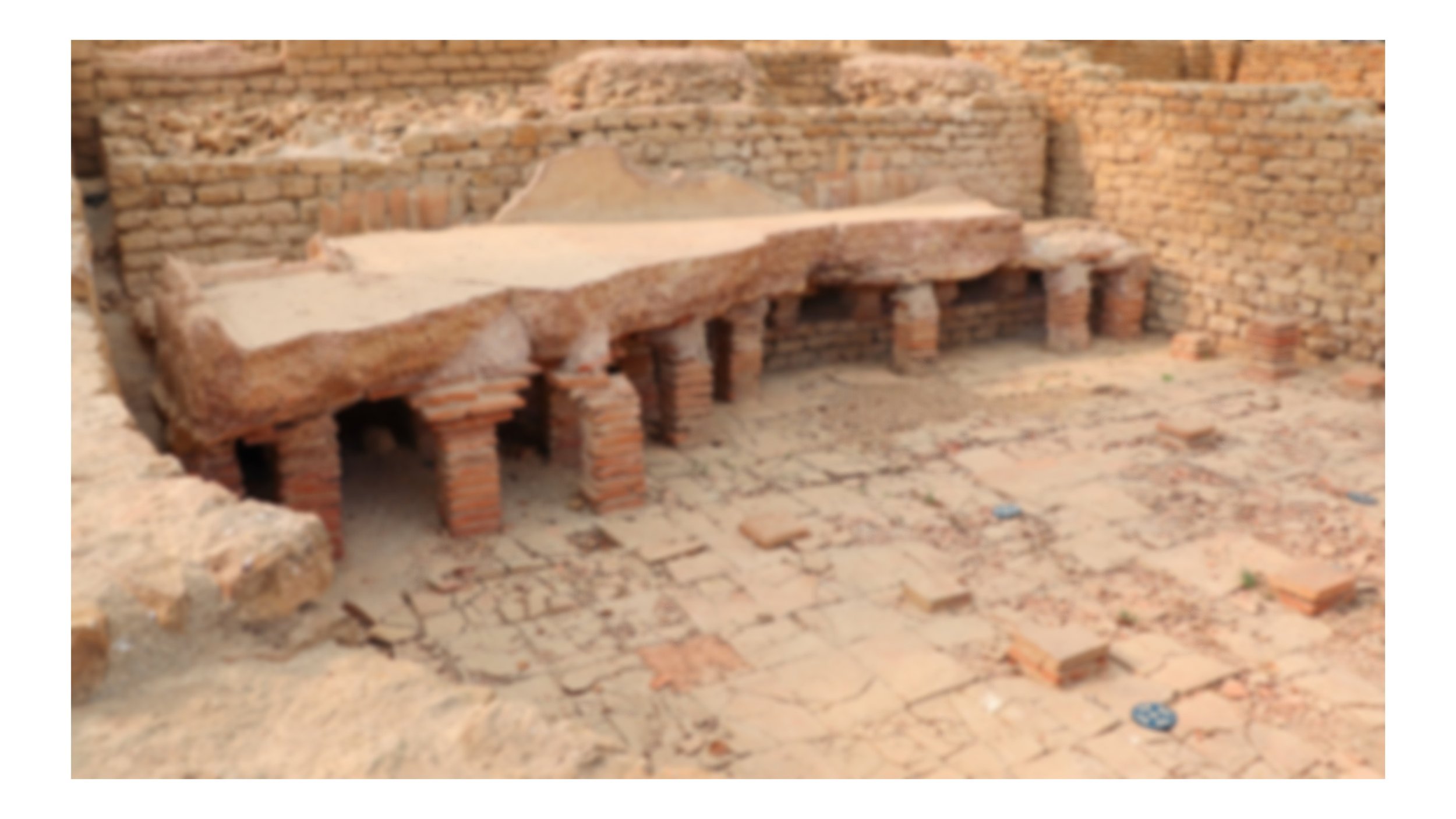
Did you know, the idea of hydronic heating is nothing new? Romans often used this style of radiant heat to warm their public bathhouses. In fact, the hypocaust is considered one of the most ancient forms of an HVAC system; with its earliest reference dating as far back as 350 BC. As noted UNRV in their article detailing the use of the hypocaust during the Roman era.
By using this particular method of heating; A chiller boiler system warms your structure using radiant heat instead of hot water. Similar to that of the ancient hypocaust.
Why Consider a VRF for Larger Buildings
Consistent Comfort
The compressor unit of a VRF system functions similarly to the circulatory system in our bodies. It can accurately assess the requirements of each zoned area and deliver the exact amount of refrigerant needed for each air handler. This precise control eliminates hot and cold spots and effectively manages humidity issues.
In turn, providing you and your employees with consistent comfort you can count on!

Take Back Your Space!
VRF systems are touted for their compact & space-saving design. Meaning, there’s no longer a need to lose that valuable space to your building’s HVAC unit. Eliminating large distribution fans, bulky ductwork, hefty pipes and water pumps that are required by some of the other HVAC systems available today.
Did you know… You can use your smartphone or other mobile devices like your laptop or tablet to control the temperature settings of each of your zoned areas?
5 Reasons to Consider a VRF for Your Building
-
The condensing unit of a VRF system (usually the most noise-bearing) is located on the outside of the building. While the quieter air handlers do their part inside; these air handlers are typically smaller than the ones often found with a large central unit & bulky ductwork. Translating to a quieter workspace and better productivity with fewer distractions.
-
One of the most appealing benefits of switching to a VRF system is that it promotes energy efficiency. Due to the systems well-engineered design and ability to provide only the precise amount of refrigerant necessary to cool a room based on its individual needs. This allows the system to operate at a lower capacity and lessens the frequency in which it needs to run overall. Better yet is the forward-thinking design that allows VRF systems the ability to capture heat as part of the cooling process and then channel that same heat to other locations in the building, which may require heating.
-
Since VRF systems use relatively small air handlers and do not normally require ducts there is no need to take up unnecessary ceiling space. Giving you greater installation flexibility and more options when choosing air handler locations. A professional from Air Dynamics can evaluate your space and help you determine what placement and type(s) best suit your building’s needs.
-
As we previously mentioned, one of the coolest features of a VRF system is that it can deliver heat to one room while simultaneously providing cooled air to another. Due to its specific engineered ability to capture the heat recovered from the cooling process rather than waste it. Instead, the unit is designed to redistribute that excess heat to an area of your building which may be needing it.
-
Featuring a key combination of state-of-the-art controls & smart technology VRF systems are a clear no-brainer. Besides their ability to supply the proper flow of refrigerant to each air handler based on its individual operating conditions; a VRF system is able to track system conditions & provide maintenance alerts when they are needed. This monitoring capability means you will know exactly when it’s time to call in a pro from Air Dynamics to maintain or service your unit in order to continue to ensure it provides exceptional comfort time and time again.

By far what Air Dynamics considers to be the biggest benefit of a VRF system is its reliability! As this type of system tends to break down less frequently than other more traditional HVAC units. Let’s face it, no one wants to be without air conditioning during those “dog days of summer” or without heat in the dead of winter. With the need to run only when needed VRF systems are putting a lot less stress on their parts when running under partial load conditions. Less stress on them means less stress on you too!
Fewer Breakdowns = Less Downtime

Air Dynamics HVAC
We Service
Abington, Bensalem, Cheltenham, Churchville, Croydon, Elkins Park, Glenside, Holland, Horsham, Huntingdon Valley, Jenkintown, Langhorne, New Hope, Newtown, Philadelphia, Richboro, Southampton, Washington Crossing, Willow Grove, Yardley, and more
Counties Serviced Include:
Bucks, Burlington, Camden, Mercer, Montgomery & Philadelphia

